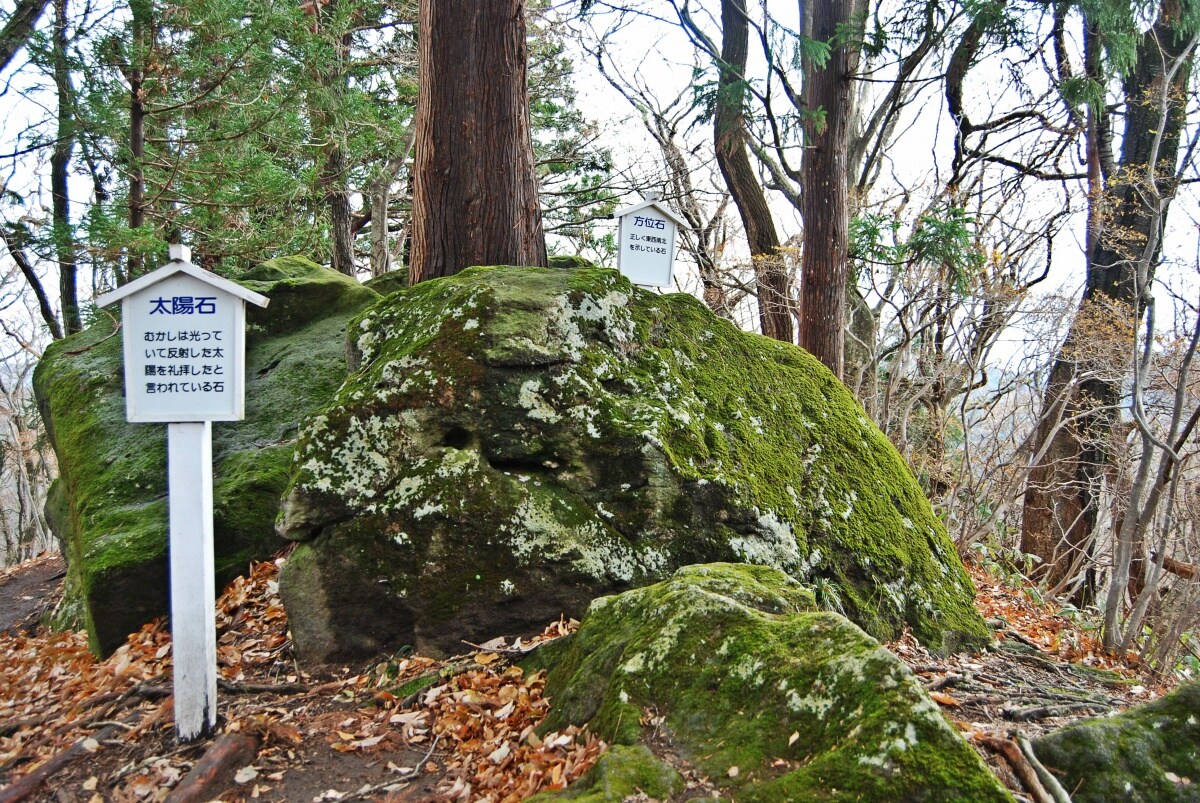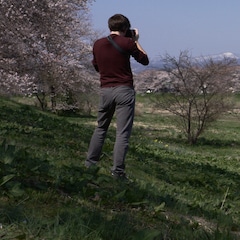Embracing the Warmth of Tohoku in Hachinohe
Honshu’s northernmost region, Tohoku, is a beautiful area with a deep-rooted history and vibrant culture, embodied by the kindness and generosity of its wonderful residents. I traveled to Hachinohe, a large city in eastern Aomori Prefecture, and got hands-on with a wealth of experiences offered by one of the country's most underrated destinations.
By Nicholas RichLocal Legends

https://upload.wikimedia.org/wikipedia/commons/thumb/4/4c/Minamoto_Yoshitsune.svg/800px-Minamoto_Yoshitsune.svg.png
Hachinohe also has its fair share of legendary tall tales. Take, for example, the (widely discredited) theory that Minamoto no Yoshitsune, half-brother of the founder of the Kamakura shogunate, didn’t actually meet his demise at Hiraizumi (in what's now Iwate Prefecture) after being betrayed by the son of one of his closest allies. Instead, he fled to Hachinohe, then exiled himself to the Asian mainland, where he became the famous Mongolian conqueror, Genghis Khan.
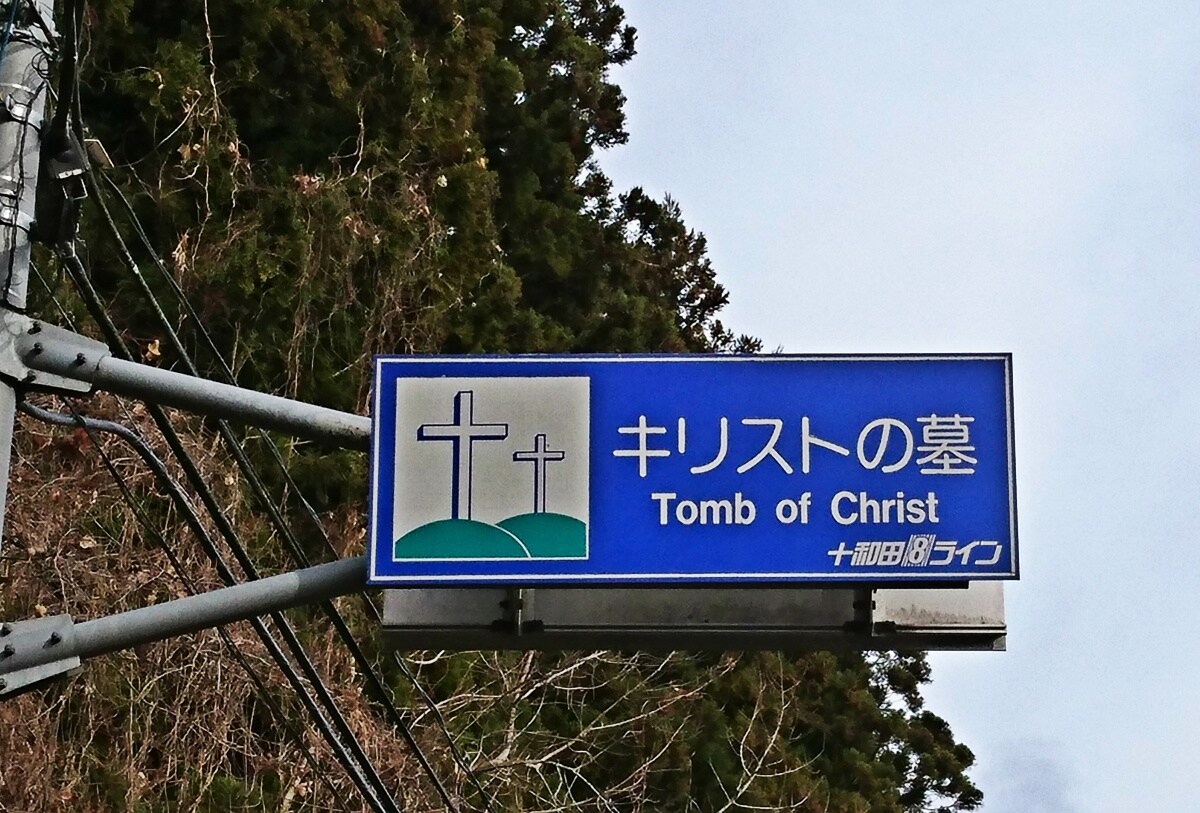
Even more fantastic, the Hachinohe area is also supposedly the final resting place of Jesus Christ. After passing through the sleepy town of Shingomura (a town that coincidentally only has one shingo, or traffic light, built so kids from the town wouldn't be shocked when they saw them elsewhere), it isn’t long before you encounter a hilariously frank street sign that lets you know you’re on the right track.
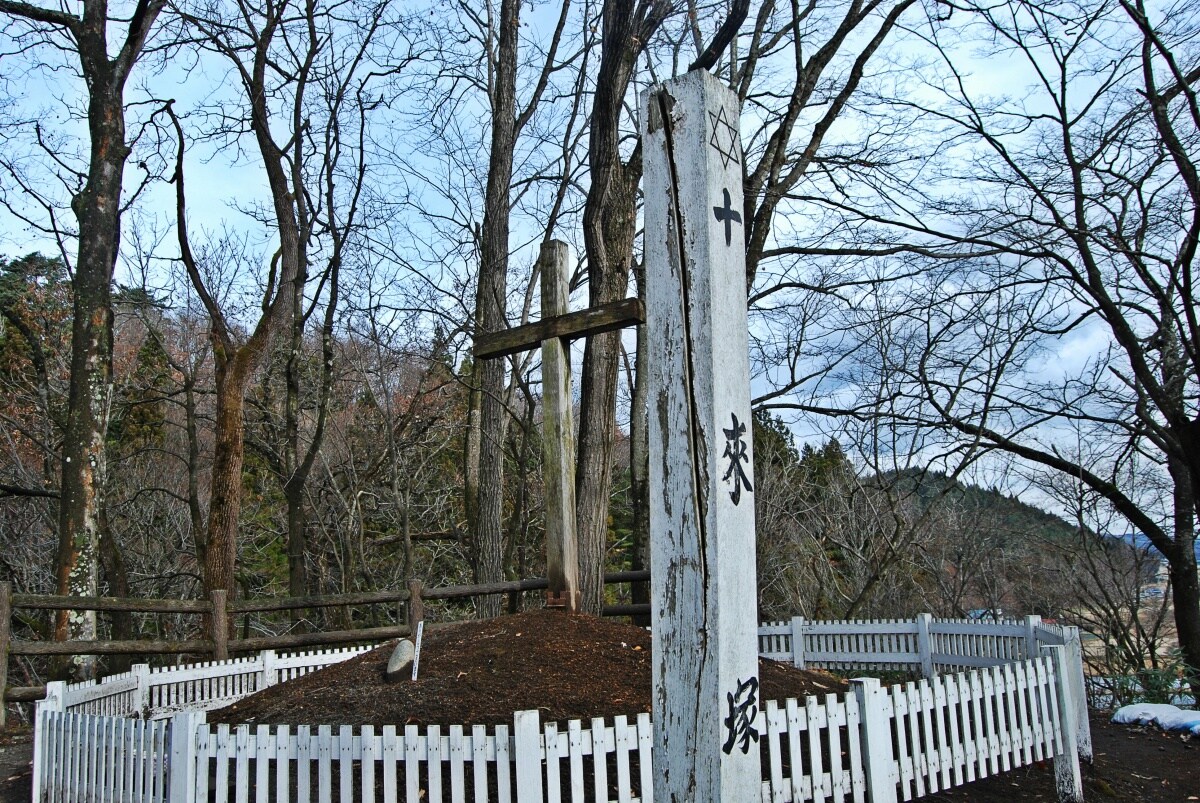
According to the signage, Jesus Christ first traveled to Japan when he was 21 years old, and meditated on knowledge of the divine for 12 years. After returning to Judea, Jesus engaged in his divine mission. His teachings were not readily accepted, and the people of Judea attempted to crucify him. However, rather than dying, he escaped when his brother Isukiri heroically took his place on the cross, while Jesus himself returned to Japan to settle in Herai Village (which bears a striking similarity to the Japanese word for Hebrew, heburai), where he lived to the ripe old age of 106.
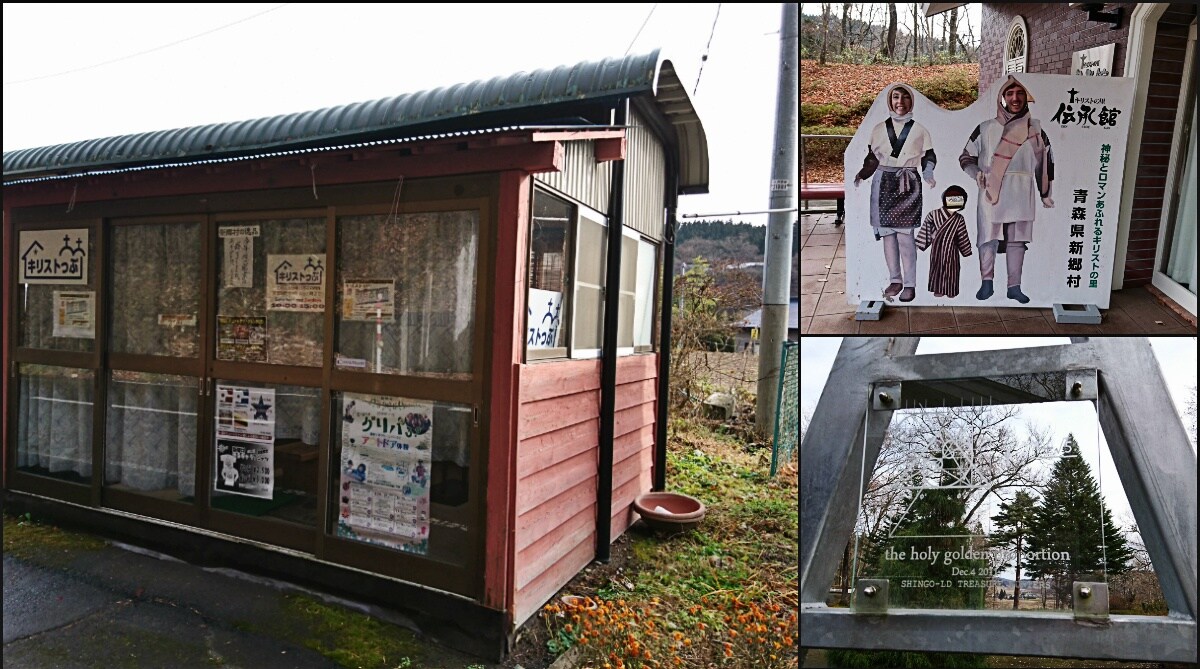
It’s hard to explain exactly how endearing these tales are, and how much they add to the overall character of the area. Never overly serious and verging on the bizarre, it’s almost as if they’re presented to outsiders with a wry smile and a wink. Take, for example, the rest area before the hill that leads to Christ’s grave, called the kirisutoppu, a portmanteau of the Japanese word for Christ, kirisuto, and the popular convenience store chain, Ministop. Or the cardboard cutout of Christ and his family in front of the entrance to the now-closed church, the perfect photo op for visiting families. There's even a small sculpture that boasts of being built using the same "holy golden proportion" that was used to build the ancient pyramids.
In spite of the silliness (or perhaps highlighted in contrast to it), there’s a somber beauty to the area, in the graves, the poetry-inscribed stones that ring the courtyard, and the surrounding nature.
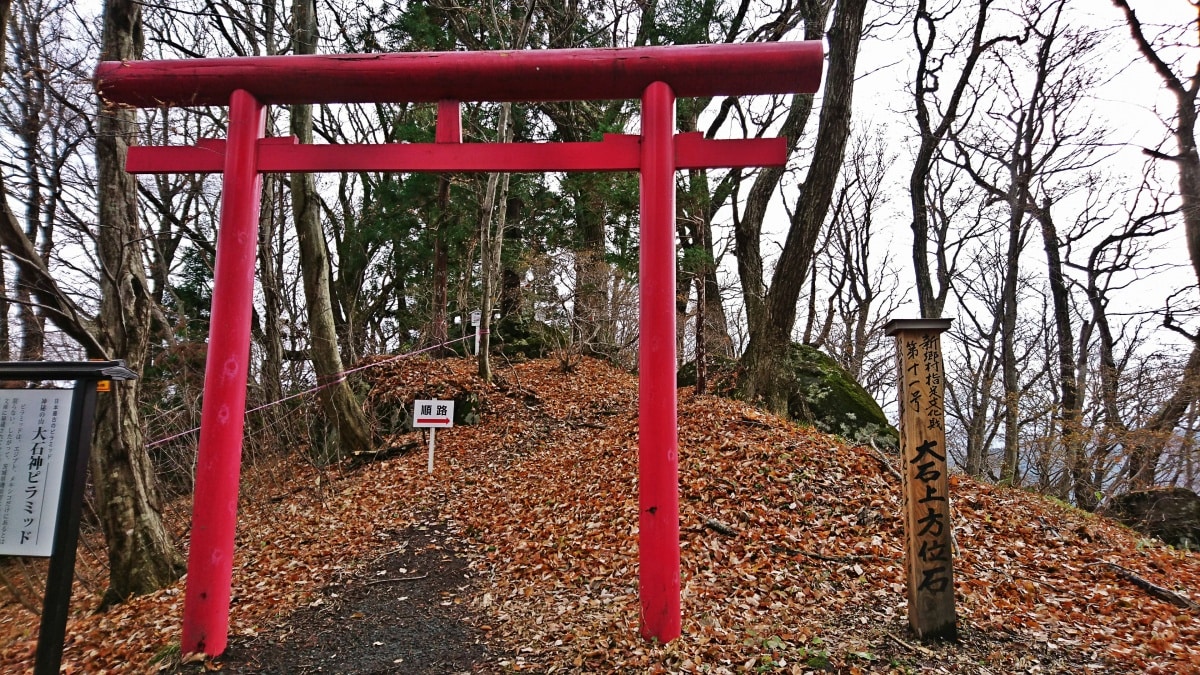
Speaking of pyramids, a short drive from the "Tomb of Christ," up a winding mountain road, are Shingomura's pyramids. Unique from those found in Mexico or Egypt, these ancient rocks are demarcated with a tori gate, an entrance usually reserved for structures or natural landmarks associated with Japan's ancient religion, Shinto.
While they are certainly lovely natural rock formations nestled away in the woods, it’s difficult to reconcile what they actually are with the expectation conjured by the word “pyramid.” Sometimes believing is seeing, I suppose.
Hachinohe Navi
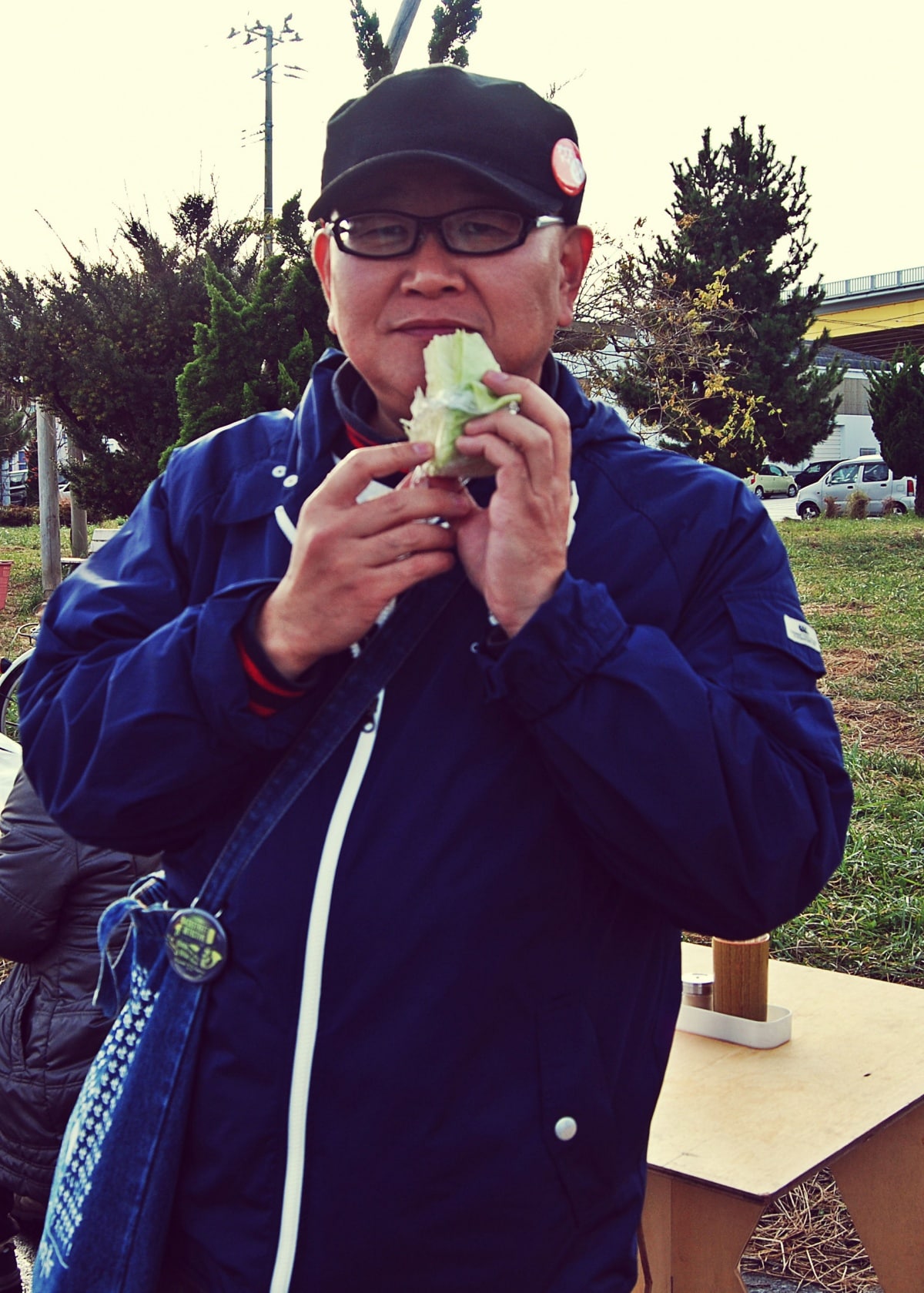
Speaking of local legends, I would be remiss if I didn’t mention the man who acted as my own personal navigator, Hachinohe Tourist Association employee (and self-professed cabbage lover!) Satoshi Kimura.
To describe Kimura-san as one of the smoothest salespeople I’ve ever seen in action doesn’t capture the sincerity that practically oozes out of him when he’s speaking to anyone about his hometown, which he clearly loves. He is a walking, talking encyclopedia of all things Hachinohe (as well as Japan in general), and he may be the area’s best advertisement.
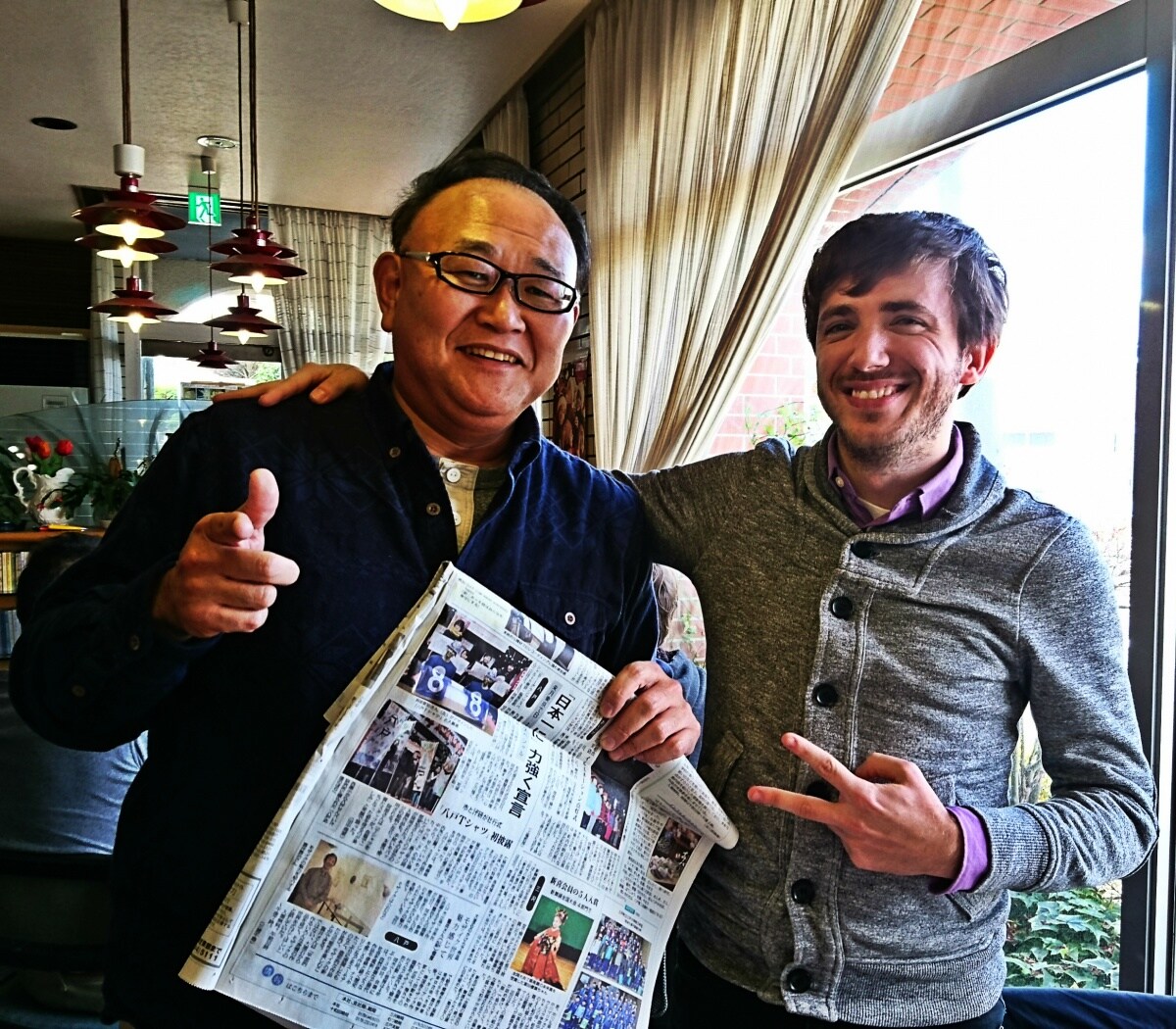
He effortlessly answered every question I had (and questions I would never have thought to ask), and on the rare occasion he didn’t have an answer, he tracked down someone who did. Everywhere I went he was treated like family, and his infectious enthusiasm was mirrored in the smiling faces of Hachinohe’s residents. With his wealth of knowledge behind every local specialty I ate or drank, and every place I stopped along the way, Kimura-san made my experience all the richer. Or, as he would say, "Nice desu!"
When I make my next trip to Hachinohe (and believe me, I’m already itching to go back), he’ll definitely be the man I turn to if I find myself in need. In the meantime, I can't wait to check out some of the other exciting travel opportunities Tohoku has to offer!



